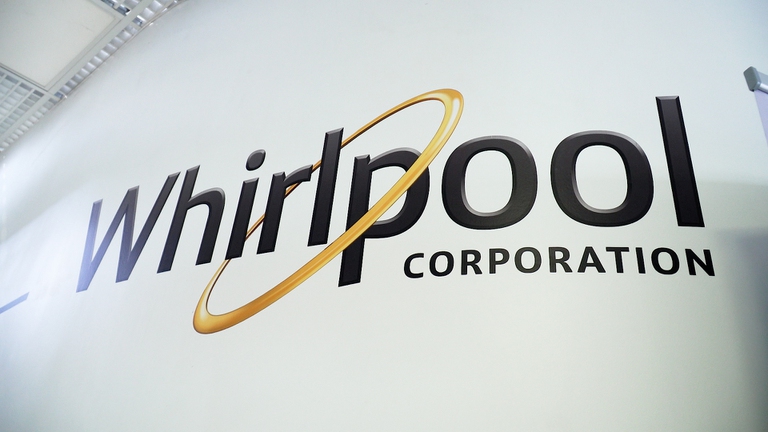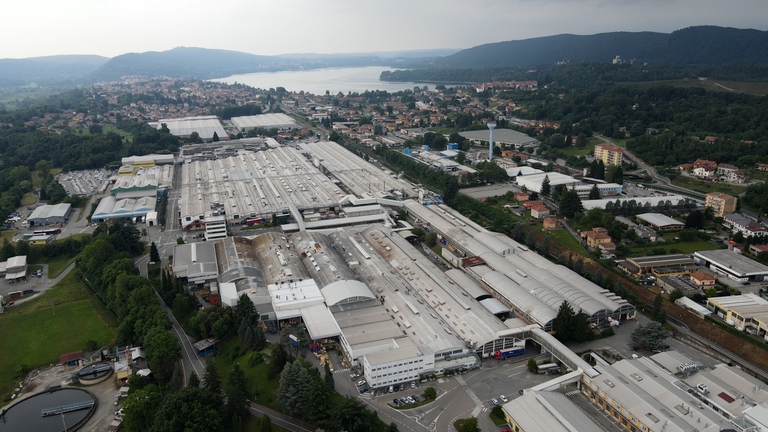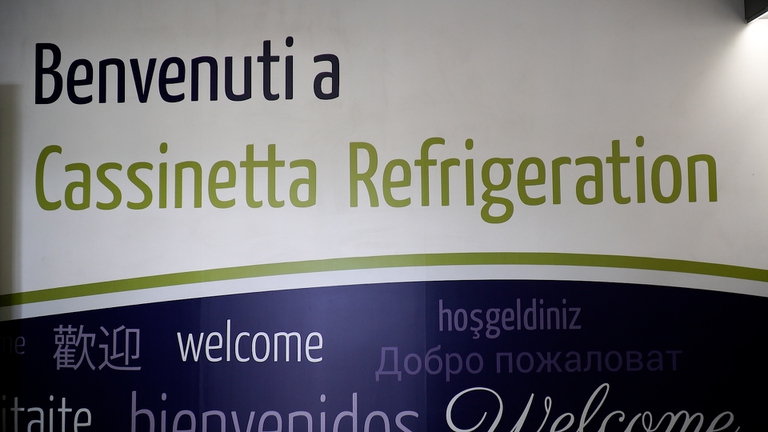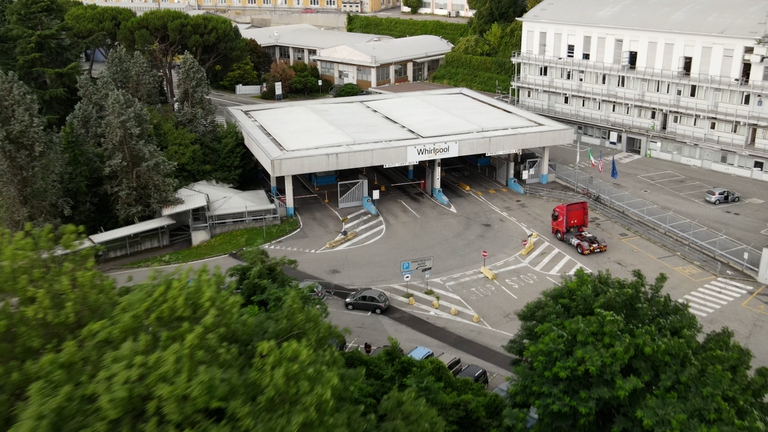Today, in the global challenge of the ecological transition, companies play a crucial role. In this scenario, historic multinational Whirlpool Corporation has chosen to play its part, with a 360-degree commitment to sustainability directed at one key number: zero. Among the most ambitious goals announced by the company is, in fact, that of carbon neutrality, through which the domestic appliances giant aims to achieve net-zero emissions from its plants and activities by 2030. This means reducing all direct emissions (Scope 1) and indirect emissions linked to energy use (Scope 2), involving over 30 of Whirlpool Corporation’s industrial and distribution sites. The company operates across 57 locations in 13 countries, with 78,000 employees worldwide, and with this goal it positions itself twenty years ahead of the European Union’s strategic vision of a “prosperous, modern, competitive, and climate-neutral economy by 2050” in line with the goals established by the Paris Agreement.

Whirlpool EMEA, a virtuous example
Vittorio Labbruzzo, director of Environment, Health, Safety, and Sustainability for Whirlpool EMEA (Europe, Middle East, and Africa) spoke to us about Whirlpool’s ambitious commitment. We met Labbruzzo at the company’s historic plant in Cassinetta di Biandronno, near Varese, Italy. “The carbon neutrality by 2030 announcement comes in a critical year for the fight against climate change,” he explains, leading us through the Refrigeration and Microwave factories. These are two of the three facilities within what is essentially a “citadel of the appliance”, extending across over 1.2 million square metres, with over two thousand employees.
And it is precisely Italy (which is home to five Whirlpool sites), and the EMEA region more widely, will play a key role in this virtuous process. Labbruzzo continues: “To reach the ambitious goal of net-zero emissions by 2030, we will leverage certain processes that we have already implemented over the years, such as the transition from fossil fuels to renewable energy. We already have some examples in EMEA, like our site in the United Kingdom, which acquires 100 per cent of its power from renewable sources. We will keep pushing to ensure the transition away from fossil fuels, which today is still one of the main challenges”.
To succeed in the great challenge of eliminating net CO2 emissions, Whirlpool will work on a global scale on several fronts. The company will implement a plan centred around renewable energy sources (including the installation of wind turbines and solar panels), continue to reduce the consumption of energy and water required to build a single appliance (which has already reached extremely low levels), and sign agreements to purchase electricity from renewable sources, funding wind and solar farms that will generate and provide renewable energy for communities all over the world.

The goal of zero-waste
Another important zero to be reached, from a sustainable development perspective, relates to the disposal of waste. The ‘zero waste to landfill‘ standard aims to achieve the elimination, or maximum possible reduction, of waste created at the source, and then to promote reuse and recycling. Finally, in cases where the previous steps couldn’t be implemented, thermal energy recovery is to be the preferred solution. Whirpool has also already achieved important objectives in this context in the EMEA region.
“The reduction of our environmental footprint via the goal of carbon neutrality is also reflected in our commitment to implementing zero waste to landfill in our plants, according to the UL standard to which we refer,” Labbruzzo explains. “Currently, all our EMEA sites are Gold rated. Numerically, this means that at least 95 per cent of our waste is not sent to landfill but is reused, recycled, or recovered”.
And in this specific context, the Cassinetta site has already achieved a level of excellence. Labbruzzo, showing us the meticulous separation of waste carried out at each workstation, says: “If we look at Italy, the Cassinetta site that we are in today is one of the most virtuous in terms of the goal of zero waste to landfill, with a reuse, recycling, and recovery rate of 98 per cent”.

Continuous improvement as a business strategy
Whirlpool has been committed to the environment for a long time, having set up its first department for sustainability over 50 years ago. Mark Bitzer, President and CEO of Whirlpool Corporation, notes that “Our commitment to achieving net-zero emissions is an important milestone in our constant effort to improve life at home, protecting the planet and communities”.
At the core of this effort, which focuses on quality and efficiency, Whirlpool pursues a continuous improvement of its production process, with results sanctioned by World Class Manufacturing, a method adopted by many of the most important players in the global manufacturing sector. Labbruzzo explains: “Concerning the continuous improvement that we carry out in our production sites, we have now been part of the World Class Manufacturing program for years, aiming to evolve our production systems through innovation and by eliminating losses, including energy inefficiencies and emissions”.

Innovation and technological shift
The goal of carbon neutrality by 2030 will cause Whirlpool to face significant challenges in the short and long term, as highlighted by Labbruzzo: “We should look into improvement steps that help us make leaps forward. This means that we should also focus on innovation and de-methanisation”. One of the key factors that the company is leveraging in this process is the involvement of the entire organisation: “Sustainability, just like safety and quality, must be intrinsic to our work. Through our involvement and constant improvement programmes, we make all the people in our factories take part in the process. We ask them to point out where improvements can be made, as well as any losses or opportunities for higher efficiency, through suggestions collected via a programme of dedicated internal safety and environmental audits. This allows us to make sure that company goals become personal goals, in everyone’s interest”. Because the challenge of sustainability is a team effort, and we can win only by working together.